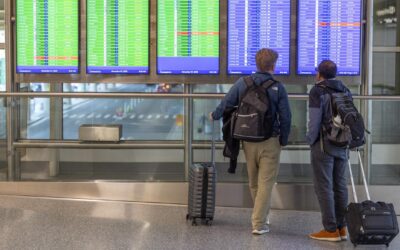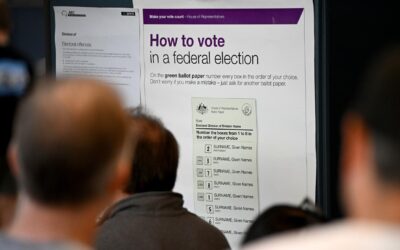Sorry, that’s old news…
You’ve found an older news story. We delete stories from our AAP News Feed after two months. But fear not, here’s today’s news!

John Howard warns the Liberals' constant "internal bickering" will stunt their ability to win back the public as ...

More than 800 flights were called off nationwide amid the US government shutdown.

China has commissioned its latest aircraft carrier, the Fujian, after extensive sea trials.

Vegetarian Sir Paul McCartney has expressed outrage at the decision to serve meat at the COP30 climate change ...

From intimidation at polling booths to constant social media nonsense on voting, an inquiry has has been told all ...

Nine Entertainment wants compensation from the government if a national ban is slapped on gambling ads and says ...

OpenAI is facing seven lawsuits claiming ChatGPT drove people to suicide and harmful delusions even when they had ...

US President Donald Trump has unveiled a deal with drugmakers Eli Lilly and Novo Nordisk to make popular obesity ...
No results found.
Background image courtesy victoriancollections.net.au